
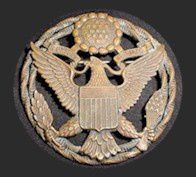


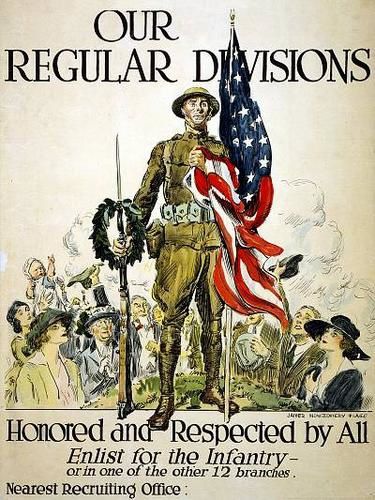
![]()
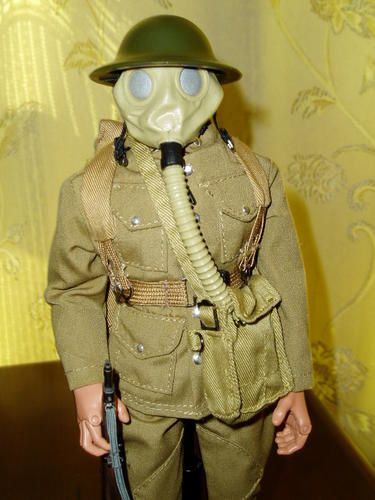
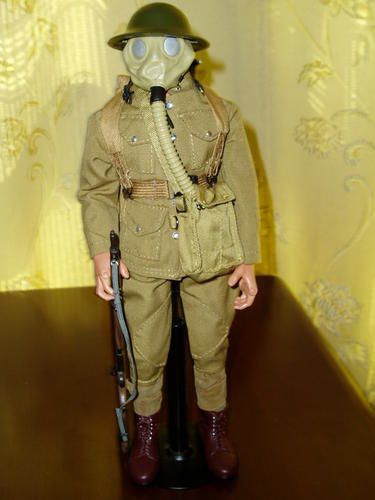
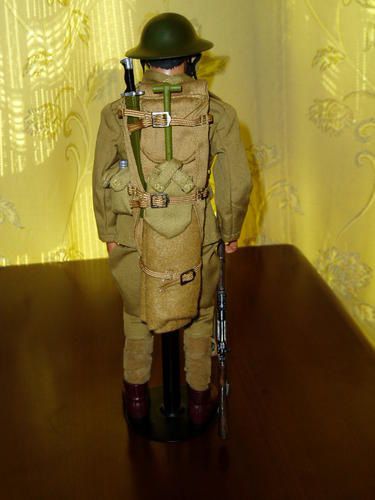
![]()

We may as well begin by explaining an accepted origin for the term "Doughboy" which has become so closely associated with the soldiers of the American Expeditionary Force in WW1. Our minds must be cast back to 1916 and the punitive expedition across the Mexican border to catch the famous Pancho Villa. Coined as a term of derision toward infantrymen, as they became covered in the fine adobe dust thrown up by cavalry hooves and motor transport wheels, the term soon evolved into quite the opposite as it would mark the men as combat veterans.who had gone overseas to do their bit for Uncle Sam.
As a quick start follow the hot spots around the image below to view the basic uniform and equipment of a 'Doughboy.


![]()

The First Expeditionary Division was constituted in May 1917 from Army units then in service on the Mexican border and at various Army posts throughout the United States. On June 8, 1917 it was officially organized in New York, New York. This date is the 1st Infantry Division's official birthday. The first units sailed from New York and Hoboken, N.J., June 14, 1917. Throughout the remainder of the year, the rest of the Division followed, landing at St. Nazaire, France, and Liverpool, England. After a brief stay in rest camps, the troops in England proceeded to France, landing at Le Havre. The last unit arrived in St. Nazaire on Dec. 22. Upon arrival in France, the Division, less its artillery, was assembled in the First (Gondrecourt) training area, and the artillery was at Le Valdahon.
On the 4th of July, the 2nd Battalion, 16th Infantry, paraded through the streets of Paris to bolster the sagging French spirits. At Lafayette's tomb, one of General Pershing's staff uttered the famous words, "Lafayette, we are here!" Two days later, July 6, the First Expeditionary Division was redesignated the First Infantry Division. On the morning of Oct. 23, the first American shell of the war was sent screaming toward German lines by Battery C, 6th Field Artillery. Two days later, the 2nd Bn., 16th Inf., suffered the first American casualties of the war.
By April 1918, the Germans had pushed to within 40 miles of Paris. In reaction to this thrust, the Big Red One moved into the Picardy Sector to bolster the exhausted French First Army. To the Division's front lay the small village of Cantigny, situated on the high ground overlooking a forested countryside. It was the 28th Infantry, who attacked the town, and within 45 minutes captured it along with 250 German soldiers, thus earning the special designation " Lions of Cantigny" for the regiment. The first American victory of the war was a First Division victory.
The First Division took Soissons in July 1918. The Soissons victory was costly - more than 7000 men were killed or wounded. The First Infantry Division then helped to clear the St. Mihiel salient by fighting continuously from Sept. 11-13, 1918. The last major World War I battle was fought in the Meuse-Argonne Forest. The Division advanced seven kilometers and defeated, in whole or part, eight German divisions. This action cost the 1st Division over 7600 casualties. In October 1918, the Big Red One patch as it is now known was officially approved for wear by members of the Division.
The war was over when the Armistice was signed on November 11, 1918. The Division was then located at Sedan, the farthest American penetration of the war. The Division was the first to cross the Rhine into occupied Germany where it remained until the peace treaty formally ending WW I was signed. It deployed back to the United States in August and September.
By the end of the war, the Division had suffered 22,668 casualties and boasted five Medal of Honor recipients. Its colors carry campaign streamers for: Montdidier-Noyon, Aisne-Marne, St. Mihiel, Meuse-Argonne; Lorraine1 917, Lorraine, 1918, Picardy, 1918.
![]()



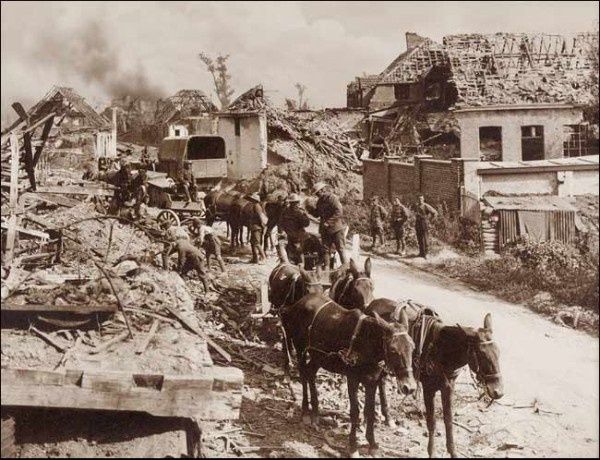

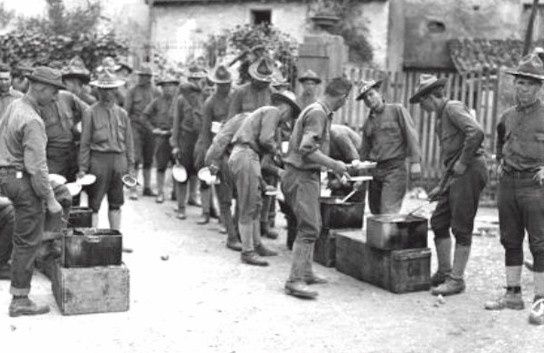
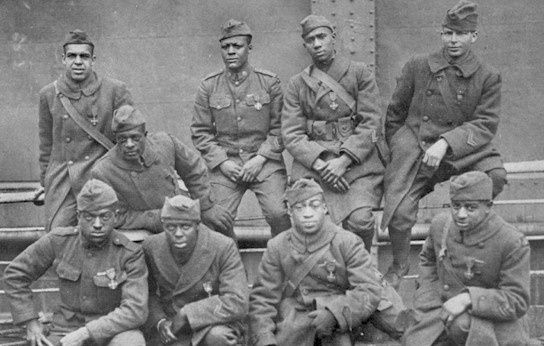


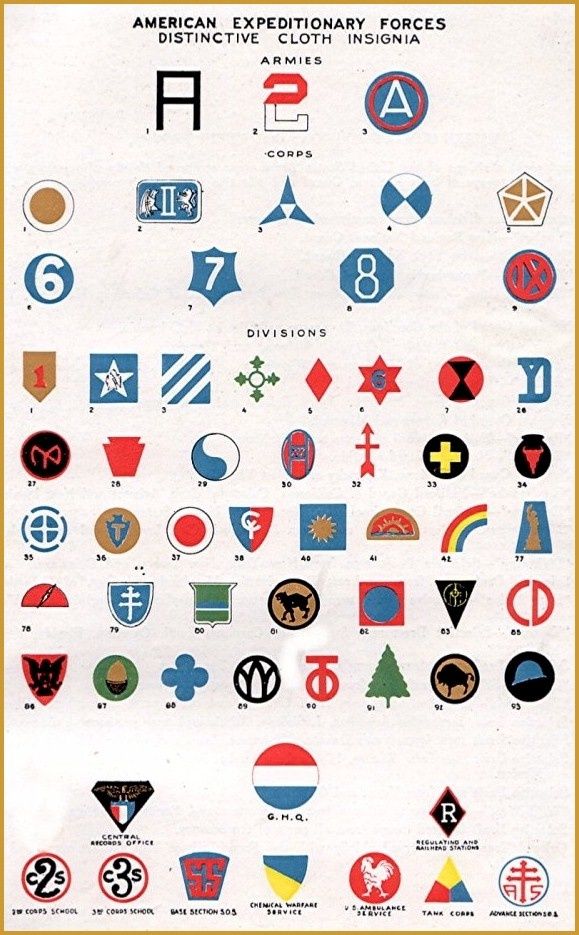




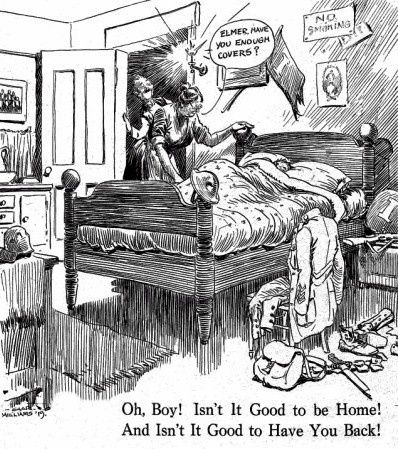
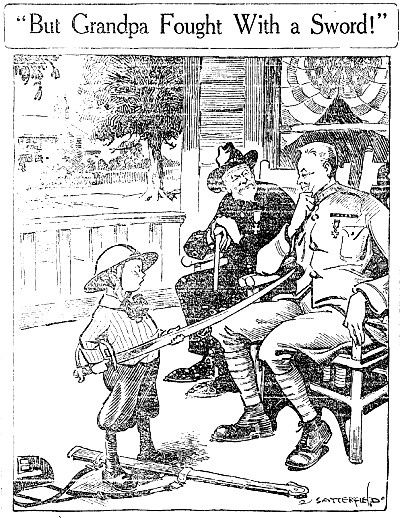
MEMORIAL


American doughboys - heroes of world war one
American Woman in World War 1 - Preview Trailer
Songs of WWI - part 1 of 3
Songs of WWI - part 2 of 3
Songs of WWI - part 3 of 3
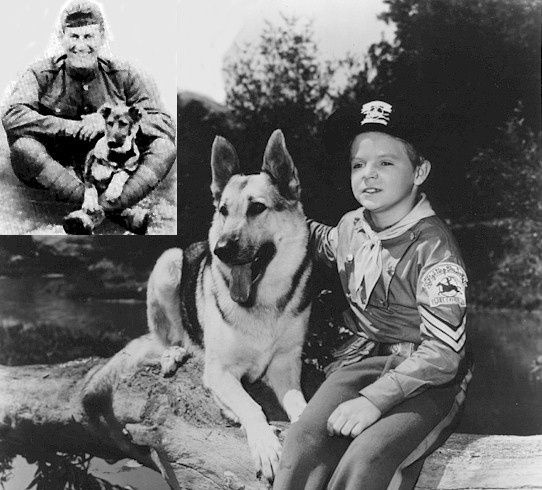
Named after a puppet French children gave American soldiers for good luck, Rin Tin Tin was found in 1918 as a shell-shocked pup by American serviceman Lee Duncan in a bombed-out dog kennel in France near the end of WWI. Duncan took the dog home with him to Los Angeles at the end of the war.
Nicknamed Rinty, he was intelligent and athletic. He learned tricks easily and could leap 11 feet 9 inches. When film producer Charles Jones saw the dog performing, he hired the dog to step in for a recalcitrant wolf in The Man From Hell's River (1922), marking the first of many times Rinty would be called upon to play the part of a wolf or wolf-hybrid, even though he looked nothing like one. His first starring role was in 1923 in Where The North Begins alongside silent screen actress Claire Adams. The film, a huge success, was credited with saving Warner Brothers from bankruptcy. It was followed by Shadows Of The North (1923), Clash Of The Wolves (1925), A Dog Of The Regiment (1927), Tiger Rose (1929) and The Lightning Warrior (1931). Rinty also had his own radio show in 1930, called The Wonder Dog, on which he did his own sound effects.
Rinty was a high class pooch. He dined to classical music daily on the choicest cuts of tenderloin steak specially prepared by a private chef, and he ran in the best circles. He died in 1932 in the arms of actress Jean Harlow, according to Hollywood legend, and was then returned to his birth country for burial in the famed Cimitière des Chiens in Paris. He has since been honored with a star on the Hollywood Walk of Fame.
The Adventures Of Rin-Tin-Tin





















/idata%2F0396584%2FKOREA%2F71910_korea_MIA1_800.JPG)
/idata%2F0396584%2FU.S.ARMY-POST-WW2%2Fphot4901a.jpg)
/idata%2F0396584%2FDRAWINGS-UNIFORMS-WW2%2F30-451-09b-2.jpg)
/idata%2F0396584%2FP-40%2F44FS000.jpg)
/idata%2F0396584%2FGERMAN-U-BOAT%2FBundesarchiv_Bild_101II-MW-1031-28-_Lorient-_U-31.jpg)
/idata%2F0396584%2FSOVIET-ARMY-WW2%2F1.jpg)




